by Amber Kevlin, RN | Feb 12, 2023 | Senior Home Care
The phrases “home care services” and “home health care” are frequently used interchangeably in conversation, but there are very important distinctions to be aware of when searching for assistance for your loved ones. Home care generally refers to non-medical care provided by caregivers. These caregivers may not have a state certification but have received agency training and have years of experience with caring for seniors. Home care assistance is considered supplemental care for an aging adult or elderly person who requires extra help in their home, whether the need is post- rehab or long-term care. Home care services range from personal assistance with bathing, grooming, and incontinence care to running errands, grocery shopping, meal preparation, and companionship. Depending on the needs of the senior, a schedule of caregivers can be created whether they work overnight or just a few hours each day. Elderly care services do not need a physician referral, and is often private pay, or sometimes included in a long-term care insurance policy.
Home health care is a Medicare reimbursed home medical and personal care program. First, a physician order is required and an intake nurse or medical professional will perform an initial assessment to determine what exactly the needs of the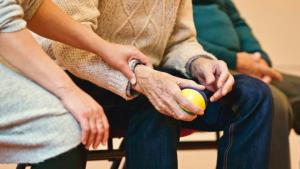 senior are. After the initial intake meeting in the home, a plan of care may include a caregiver to come weekly to help with bathing, or a home health nurse will be scheduled to visit in the home to dispense medications, draw blood for labs, track vitals, and help with medical issues relating to oxygenation, colostomy bags, and catheters among many other things. These visits are scheduled shifts and depending on the task, they are allotted a specific amount of time. Home Health is meant to be a short-term use program in hopes that the senior rehabilitates and will no longer need the services.
senior are. After the initial intake meeting in the home, a plan of care may include a caregiver to come weekly to help with bathing, or a home health nurse will be scheduled to visit in the home to dispense medications, draw blood for labs, track vitals, and help with medical issues relating to oxygenation, colostomy bags, and catheters among many other things. These visits are scheduled shifts and depending on the task, they are allotted a specific amount of time. Home Health is meant to be a short-term use program in hopes that the senior rehabilitates and will no longer need the services.
Understanding exactly what your family requires is one of the first steps. After identifying these areas with your senior, you may see the need to search for senior care services. My Choice Home Care strives to help families with an in-depth assessment and qualified caregivers following a specific care plan developed by the senior/family and a registered nurse. Home Care is meant to make living at home as easy as possible, and provide respite for family members. My Choice Home Care is a senior care service that serves clients in Macon County, Jackson County, and Haywood County in North Carolina. Counties served in Georgia are Rabun County, Towns County, and Habersham County. The counties served in Upstate South Carolina are Oconee County, Pickens County, and Anderson County. Call (828) 200-9000 to speak to someone today or contact us through our website here if you or a loved one would like to enjoy the benefits of living independently in your own home.
by Amber Kevlin, RN | Feb 7, 2023 | Senior Home Care
Talking to your loved ones about needing extra help around the house can be a difficult conversation for families. Aging adults may recognize signs of cognitive or physical decline, but don’t want to be a burden for family members. In turn, children of aging adults may notice a need for more assistance, but are unsure of how to bring up the topic of home care. Here, I have provided some helpful hints that may make the talk a little bit easier.
Understand their point of view. An aging loved one may feel that they are losing their independence, but it’s important to point out that home care is also preventative care. A home care agency would assess your home and routines for safety concerns, helping to keep your loved one from falling, making medication errors, or memory related neglect.
Be confident in your approach. You will need to be assertive, but not aggressive. Practice starting the conversation with a friend. Anticipate questions, and try to have a ready response that is reassuring, not demeaning or “pushy.”
Think about how you word your intentions. Therapists recommend using “I” language instead of “you” language in difficult conversations. For instance, “I feel that an extra set of hands/eyes could benefit us around the house,” rather than “You look like you could use some extra help.” Using this technique makes your loved one less defensive, and more receptive to your ideas.
conversations. For instance, “I feel that an extra set of hands/eyes could benefit us around the house,” rather than “You look like you could use some extra help.” Using this technique makes your loved one less defensive, and more receptive to your ideas.
It’s always helpful to have a medical professional to speak to your loved one. A medical professional can speak plainly but also answer any questions they may have, with reassurances that family may not be able to give. It’s understandable that a family experiencing this for the first time can be uneasy or unsure of how to approach talking to a loved one about extended care, but rest assured primary care physicians have dealt with this exact same situation many, many times over.
My Choice Home Care is a local, family-owned agency that can help. We offer services that include assistance with bathing, grooming, dressing, and incontinence care, as well as meal preparation, errand running/grocery shopping, pet care, and escorts to appointments. We service Macon, Jackson, and Haywood counties in North Carolina, Rabun and Towns counties in Georgia, and provide care in Oconee and Pickens counties in South Carolina. Please give us a call at (828) 200-9000 or contact us through our website here. You can also check out our blog post on Preventing Falls at Home. We would love to treat your family as our family.
_________________________________________________________________________________________
Our article is published in RABUN Neighbors magazine
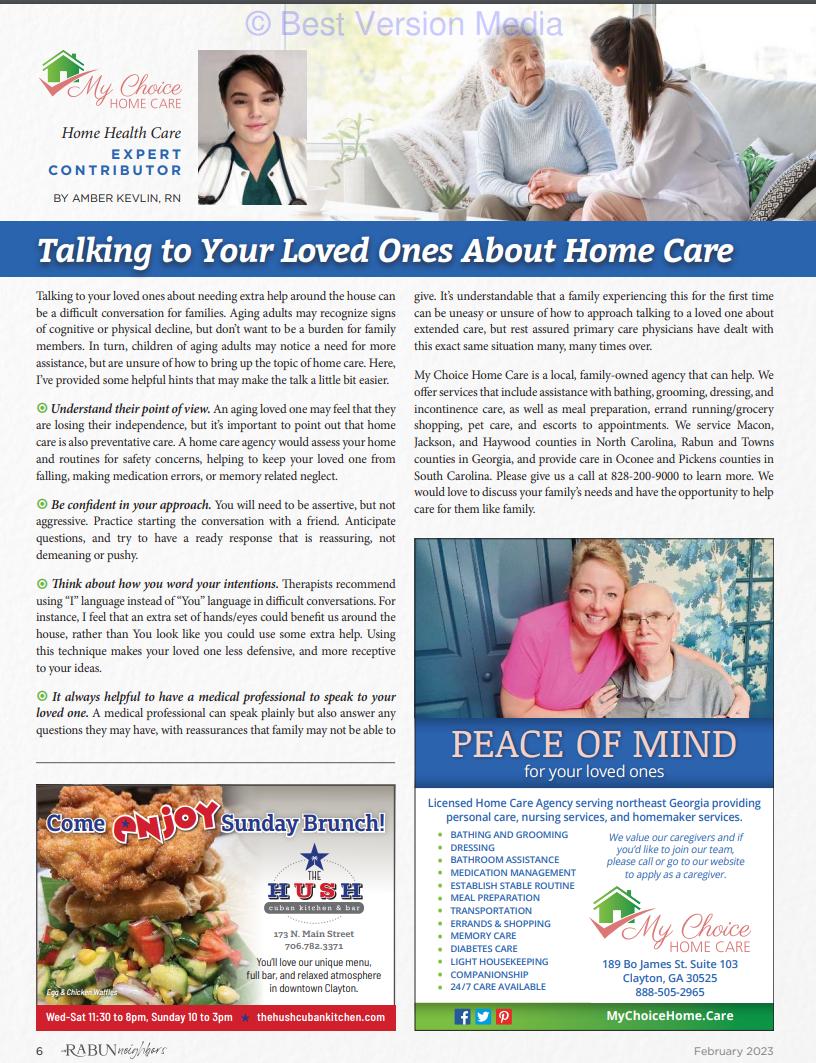
by Amber Kevlin, RN | Jan 16, 2023 | Senior Home Care
 According to the CDC, millions of people aged 65 and older fall every year, and falls are the number one cause of accidental deaths among elderly people. More than a quarter of seniors fall each year, yet only about half of them tell their doctors about it.
According to the CDC, millions of people aged 65 and older fall every year, and falls are the number one cause of accidental deaths among elderly people. More than a quarter of seniors fall each year, yet only about half of them tell their doctors about it.
One in 5 falls result in serious injuries, such as bone fractures or brain bleeding. These statistics are scary, especially if you have an elderly family member that lives alone. Traumatic brain injury can hinder an individual’s ability to walk, do regular duties, and operate independently.
Even if they are not physically injured, many individuals who have had a fall, have a significant phobia of falling. Due to anxiety, a person may alter their typical routine, and in turn, inactively lowers muscular strength, which increases the chance of injury from falling. It’s a double-edged sword, and one that could negatively impact your elderly loved one’s life.
Fall Prevention Steps You Can Take
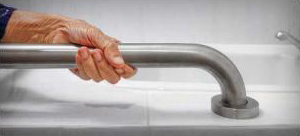 If you are concerned about falling, or about a loved one falling, visit your primary care physician for a professional evaluation and to learn about preventative actions you can take. Also, please consult your doctor or pharmacist if you experience dizziness or fatigue to evaluate whether any of your medications may be an issue. Our team can also help you prepare your home with a home safety assessment to check for other safety hazards, such as:
If you are concerned about falling, or about a loved one falling, visit your primary care physician for a professional evaluation and to learn about preventative actions you can take. Also, please consult your doctor or pharmacist if you experience dizziness or fatigue to evaluate whether any of your medications may be an issue. Our team can also help you prepare your home with a home safety assessment to check for other safety hazards, such as:
- Cords on floor
- Area rugs
- Steep stairs
- Bed that is too high off the ground
- A high bathtub instead of a low shower threshold
- A lack of grab bars in your bathroom
- Obstacles on the floor
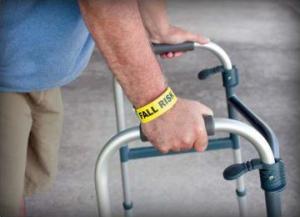 If you suspect that an aging loved one is having difficulty with mobility, or is a fall risk, we encourage you to schedule an appointment with your primary care provider as soon as possible. Depending on your family members needs, My Choice Home Care can provide 24-hour care, day or night shift care, or hourly care for you or your loved ones.
If you suspect that an aging loved one is having difficulty with mobility, or is a fall risk, we encourage you to schedule an appointment with your primary care provider as soon as possible. Depending on your family members needs, My Choice Home Care can provide 24-hour care, day or night shift care, or hourly care for you or your loved ones.
Our team is prepared to conduct an at home consultation to work with you and your family to develop a care plan suited for each family member. Please reach out to Tricia at (828) 200-9000 or Amber at (828) 508-0322, contact us through our website here at MyChoiceHome.Care for more information.
________________________________________________________________________________________
Our article is published in RABUN Neighbors magazine
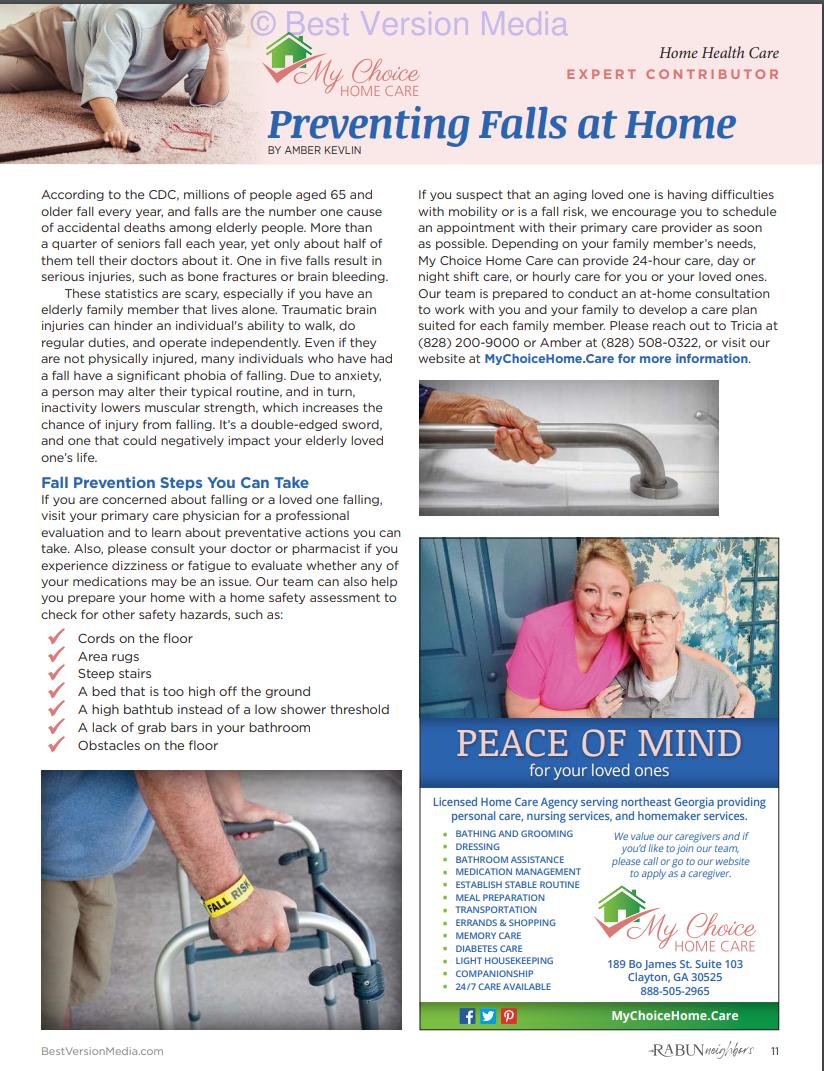
by Amber Kevlin, RN | Dec 30, 2022 | Senior Home Care
Aging can present many challenges, and balancing a healthy diet is certainly one of the more prominent eating challenges. There are many issues that can contribute to this issue, such as a declining sense of taste, the body’s decreased breakdown of nutrient intake as we age, issues with teeth or dentures, as well as proper digestion, chewing and swallowing.
When eating becomes a difficult task or chore, it can be easy to skip a meal or to choose foods that are quick and accessible, which ultimately can result in unhealthy eating habits. Malnutrition is a serious issue for the elderly, and can lead to weakness, loss of muscle strength, and adverse effects on mental health.
Some issues that may arise for elderly folks may include:
- Certain medications that impair taste and smell, making food seem less appetizing.

- Certain conditions can affect the mouth or teeth, and can make swallowing and chewing more difficult.
- Holding a knife or fork with arthritis can be painful, and can potentially lead to an over-reliance on finger foods and unhealthy snacks.
- After losing a partner, the subsequent feelings of isolation and possible depression can cause some to forego making a solitary meal.
- Elderly folks living on a fixed income may sometimes have to choose between quality meals or ingredients and other costs of living.
If your loved one seems to get overwhelmed by meal preparation, suggest smaller meals and healthy snacks in-between. If they are having difficulty remembering meal times, set alarms via apps or technology (such as an echo dot) as reminders to eat.
If they are showing a decrease in appetite and signs of weight loss, there are steps you can take to increase their caloric intake without adding too much bulk. You can introduce gravies, cheese, and sauces to prepared dishes. Using powdered milk in recipes adds calcium to their diet, and wheat germ in baked dishes can also help. Adding supplemental drinks such as Ensure can also benefit an underweight individual.
Encouraging the intake of liquids is also extremely important in an aging loved one’s diet. Senior dehydration is a gateway to many complications in the elderly, such as loss of stamina, headache, dry mouth, sugar cravings, dizziness, and may increase the risk of a urinary tract infections (UTIs), which can lead to falls, confusion, acute kidney injury and hospital admission.
If you suspect that an aging loved one is having eating challenges, schedule an appointment with their primary care provider as soon as possible. They can navigate a proper schedule with a nutritional expert, and help to get your loved one back on track with an appropriate dietary plan specific for their needs. Contact us through our website here MyChoiceHome.Care
________________________________________________________________________________________
Our article is published in RABUN Neighbors magazine
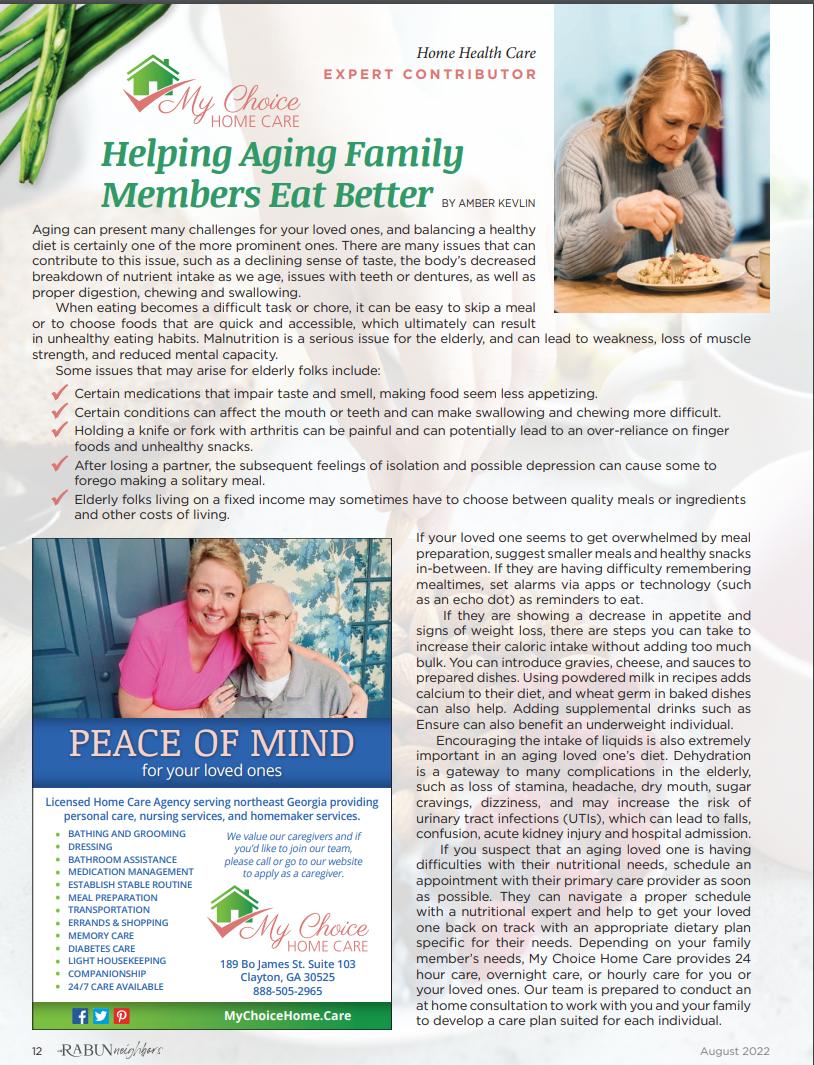
by Amber Kevlin, RN | Dec 15, 2022 | Senior Home Care
In the human body, cartilage surrounds the end of each bone, protecting it from friction. When that cartilage breaks down, the condition is known as osteoarthritis. So how does one develop osteoarthritis, and how can you prevent it?
Osteoarthritis is the most common chronic condition of the joints that mostly occurs in people ages 65 and older, and affects approximately 30 million adults in the U.S. Half of all adults will experience osteoarthritis of the knee during their lifetime. The most common causes of osteoarthritis are obesity, advancing age, a past joint injury, overuse of joints, and genes.
Some signs and symptoms of osteoarthritis include: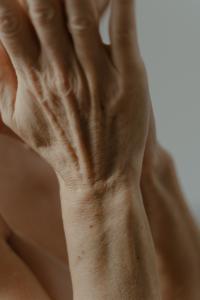
- Pain in joints
- Stiffness, especially after periods of inactivity
- Swelling, notably after overuse and strain
- Snapping or a cracking sound when joint is bent
- Limited range of motion
Managing Symptoms of Osteoarthritis
The signs and symptoms of osteoarthritis will gradually present themselves over time, and the earlier the detection, the better chance you’ll have at easing any pain and discomfort, as well as preventing further damage. Though there is no cure for osteoarthritis, there are ways to prevent further deterioration, and methods to manage discomfort, such as:
- Weight management
- alleviate all senior arthritis pains and symptoms
- Pain and anti-inflammatory medications – Acetaminophen and NSAIDs can help reduce inflammation
- Cold therapy – An ice pack applied to an arthritic area that’s causing a burning sensation can help numb the area and diminish swelling
- Stretching – Building up muscles that surround weakened joints can stall OA progression
- Alternative therapy – Massages and hydrotherapy can help relieve pain and pressure caused by OA
- Mobility aids – Senior knee braces, sleeves, walkers and canes can help you get around while still allowing you to be active
- Corticosteroids or hyaluronic acid injections – Pain relief for intense aches that aren’t relieved by over the counter medicines or therapies
- Surgery – Conservative surgery is usually offered to younger patients to prevent more radical treatments, such as arthroplasty, or cartilage replacement.
People that suffer from osteoarthritis experience 30 percent more falls than those that do not have osteoarthritis and are 20 percent more likely to be at risk of a fracture. If you find yourself experiencing these symptoms, be sure to make an appointment with your doctor sooner rather than later. Living with osteoarthritis doesn’t necessarily mean living in pain or giving up your active lifestyle. The key to prevention is early detection, and coming up with an effective plan with your physician.
________________________________________________________________________________________
Our article is published in RABUN Neighbors magazine
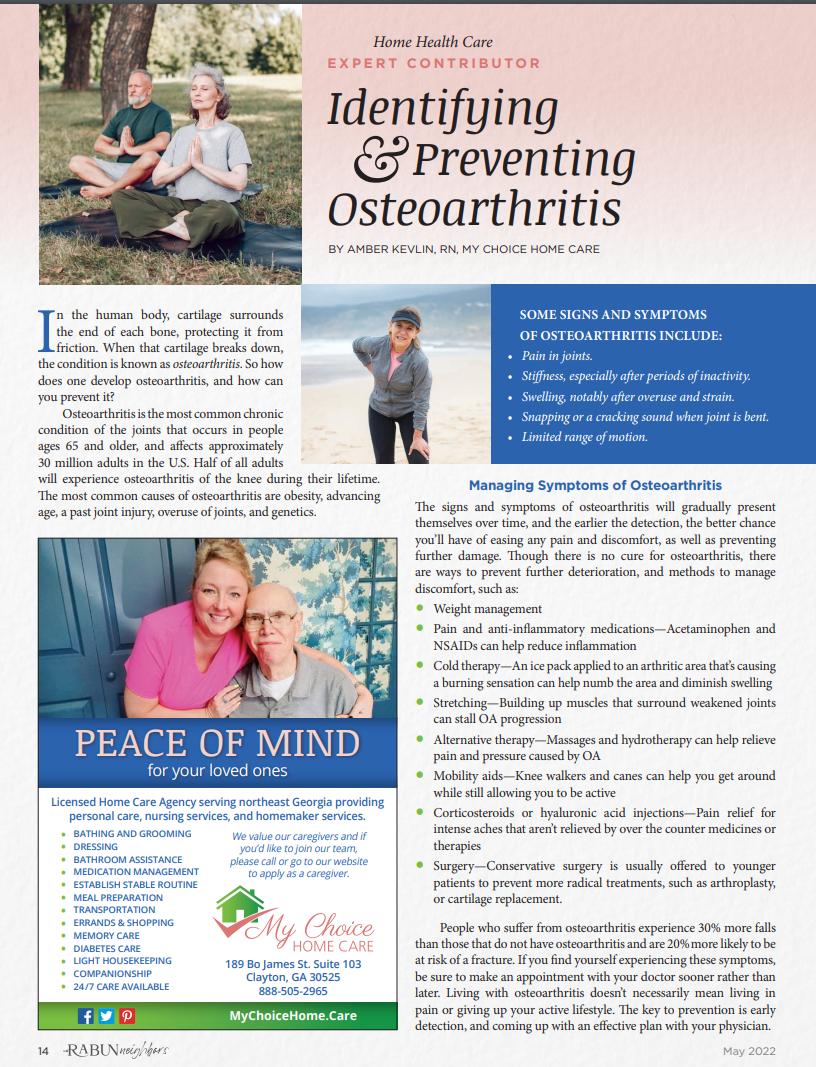
by Amber Kevlin, RN | Jan 18, 2022 | Senior Home Care
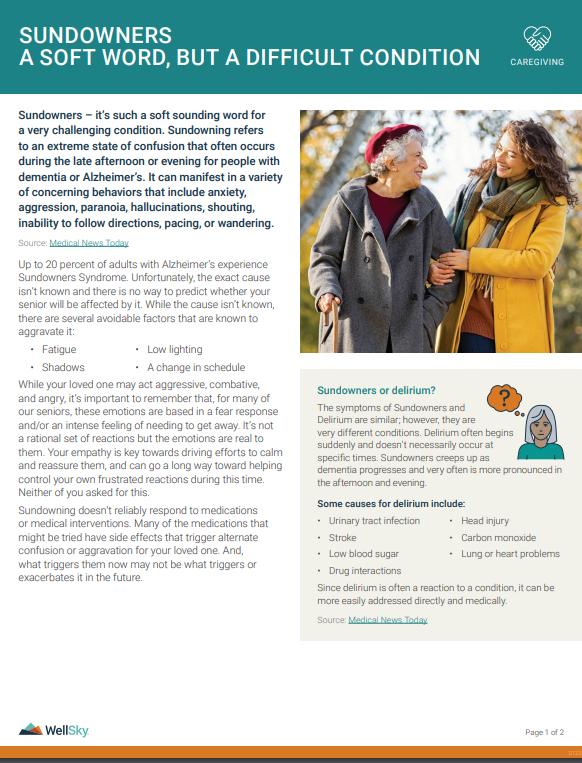
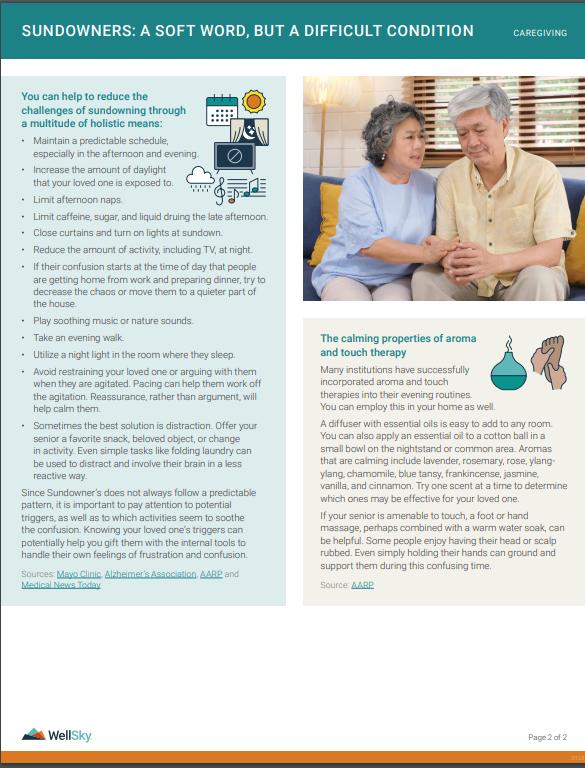
 senior are. After the initial intake meeting in the home, a plan of care may include a caregiver to come weekly to help with bathing, or a home health nurse will be scheduled to visit in the home to dispense medications, draw blood for labs, track vitals, and help with medical issues relating to oxygenation, colostomy bags, and catheters among many other things. These visits are scheduled shifts and depending on the task, they are allotted a specific amount of time. Home Health is meant to be a short-term use program in hopes that the senior rehabilitates and will no longer need the services.
senior are. After the initial intake meeting in the home, a plan of care may include a caregiver to come weekly to help with bathing, or a home health nurse will be scheduled to visit in the home to dispense medications, draw blood for labs, track vitals, and help with medical issues relating to oxygenation, colostomy bags, and catheters among many other things. These visits are scheduled shifts and depending on the task, they are allotted a specific amount of time. Home Health is meant to be a short-term use program in hopes that the senior rehabilitates and will no longer need the services.
 conversations. For instance, “I feel that an extra set of hands/eyes could benefit us around the house,” rather than “You look like you could use some extra help.” Using this technique makes your loved one less defensive, and more receptive to your ideas.
conversations. For instance, “I feel that an extra set of hands/eyes could benefit us around the house,” rather than “You look like you could use some extra help.” Using this technique makes your loved one less defensive, and more receptive to your ideas.
 According to the CDC, millions of people aged 65 and older fall every year, and falls are the number one cause of accidental deaths among elderly people. More than a quarter of seniors fall each year, yet only about half of them tell their doctors about it.
According to the CDC, millions of people aged 65 and older fall every year, and falls are the number one cause of accidental deaths among elderly people. More than a quarter of seniors fall each year, yet only about half of them tell their doctors about it. If you are concerned about falling, or about a loved one falling, visit your primary care physician for a professional evaluation and to learn about preventative actions you can take. Also, please consult your doctor or pharmacist if you experience dizziness or fatigue to evaluate whether any of your medications may be an issue. Our team can also help you prepare your home with a home safety assessment to check for other safety hazards, such as:
If you are concerned about falling, or about a loved one falling, visit your primary care physician for a professional evaluation and to learn about preventative actions you can take. Also, please consult your doctor or pharmacist if you experience dizziness or fatigue to evaluate whether any of your medications may be an issue. Our team can also help you prepare your home with a home safety assessment to check for other safety hazards, such as: If you suspect that an
If you suspect that an 






Recent Comments